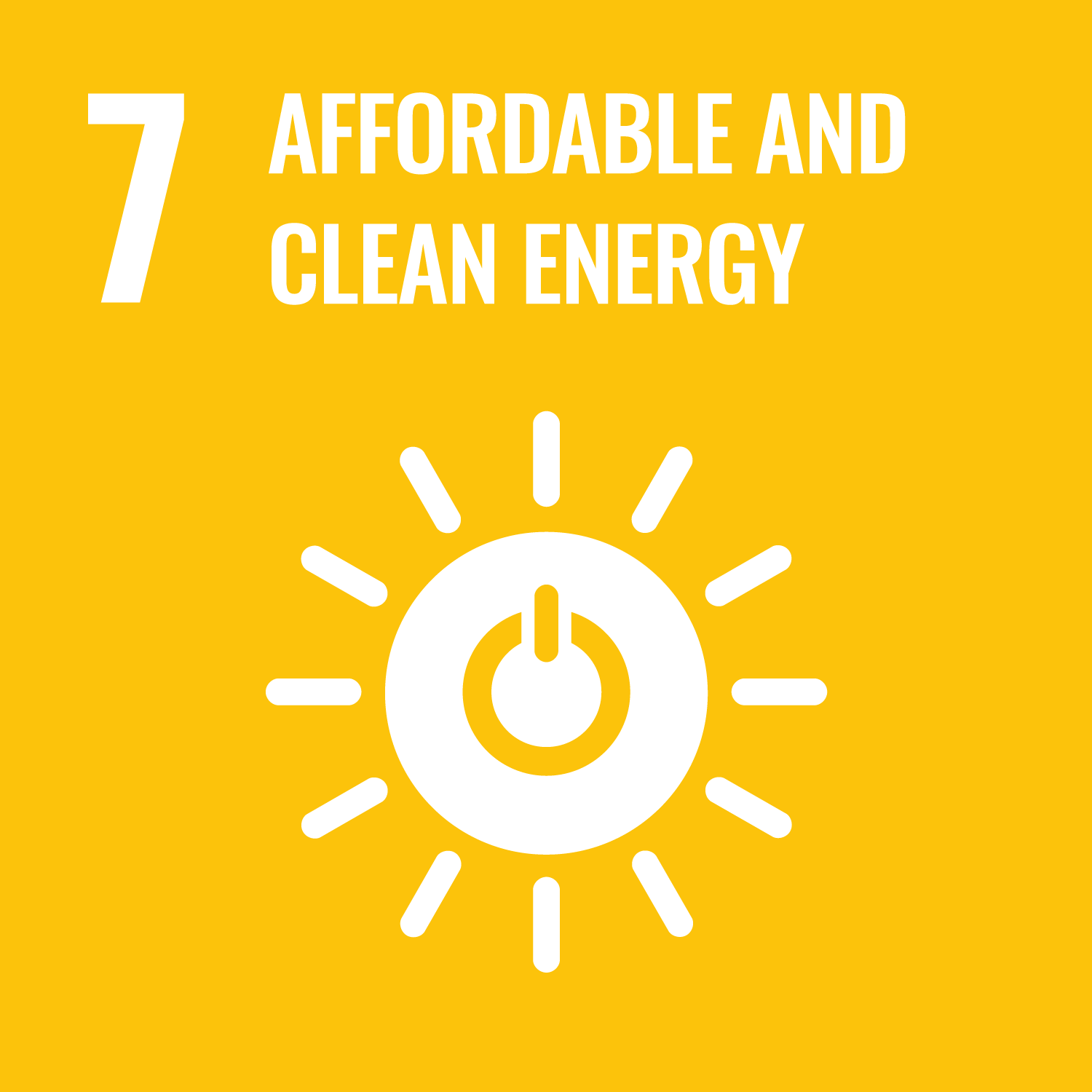ORCID
- S. A. Brown: 0000-0002-6858-3316
- M. Hann: 0000-0003-3965-9331
- D. M. Greaves: 0000-0003-3906-9630
Abstract
Governments worldwide are setting ambitious targets for renewable energy sources as a response to the ongoing climate crisis, leading to increased investment in offshore wind. While fixed wind structures have restrictive water depth limitations, floating devices are being developed to harness the resource in deeper waters. As part of this development, accurate prediction of ultimate loads and platform motions is crucial for survivability and cost-competitiveness. Present design standards rely on time-consuming methodologies based on irregular sea state data to determine design loads. ‘Short design waves’ are a potential solution to speed up the process by simulating short wave profiles that target extreme responses, bypassing the need for modelling long-duration irregular sea states. This paper explores the application of short design waves to semi-submersible wind platforms, and aims to determine whether extreme motions produced by these methods are comparable with current design practices. Short design waves show promise for surge and heave extremes, but further refinement is needed to improve pitch predictions and align with industry standards. Based on the present comparison, short design waves have potential within early design stages, where a wide range of environmental conditions are explored, but their reliability and applicability in alternative scenarios requires further investigation.
DOI Link
Publication Date
2023-11-21
Publication Title
Ocean Engineering
ISSN
1873-5258
Acceptance Date
2023-11-17
Deposit Date
2023-11-17
Embargo Period
2023-12-05
Recommended Citation
Brown, S., Tosdevin, T., Jin, S., Hann, M., Simmonds, D., & Greaves, D. (2023) 'On the selection of design waves for predicting extreme motions of a floating offshore wind turbine', Ocean Engineering, . Available at: 10.1016/j.oceaneng.2023.116400


